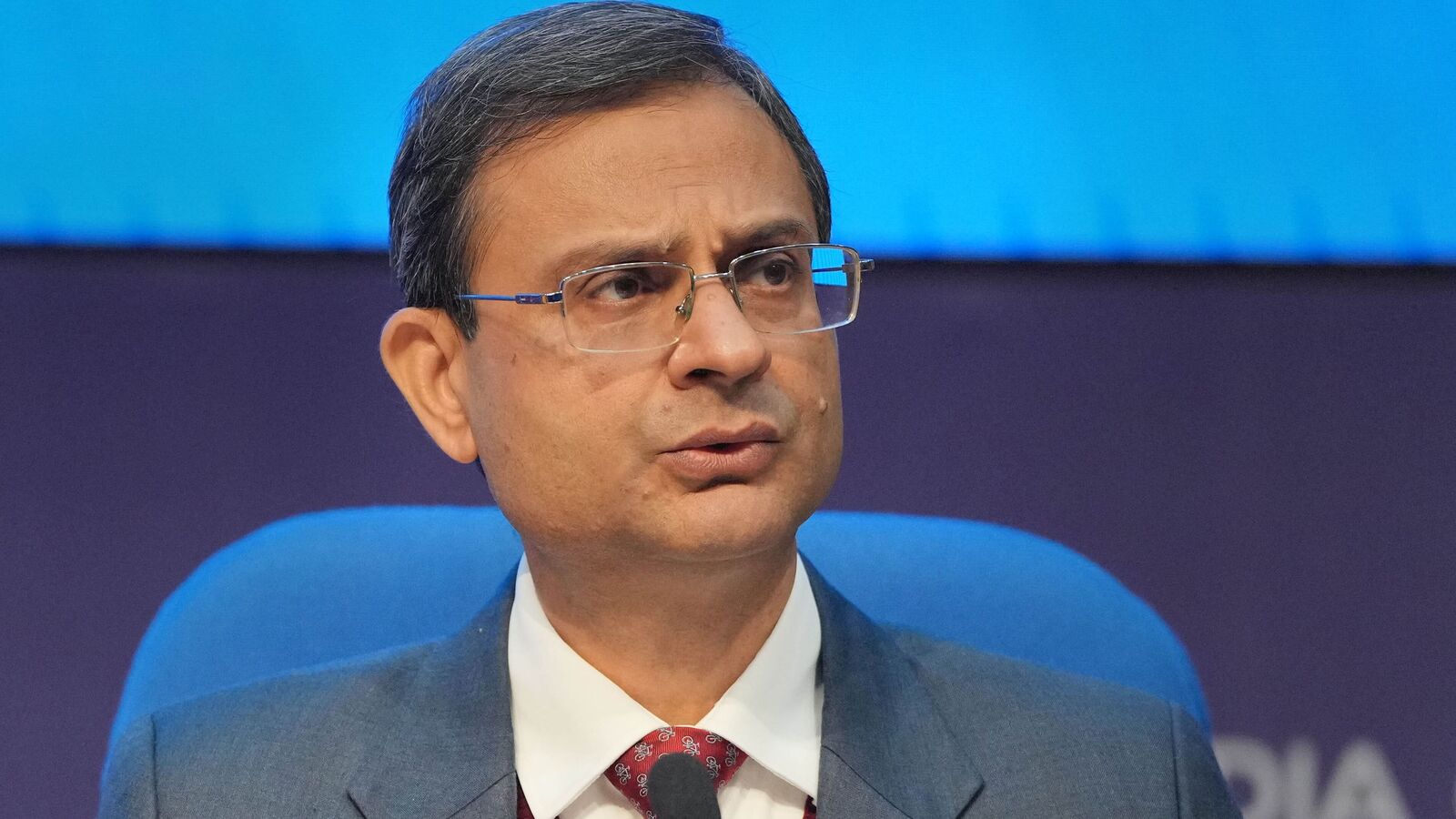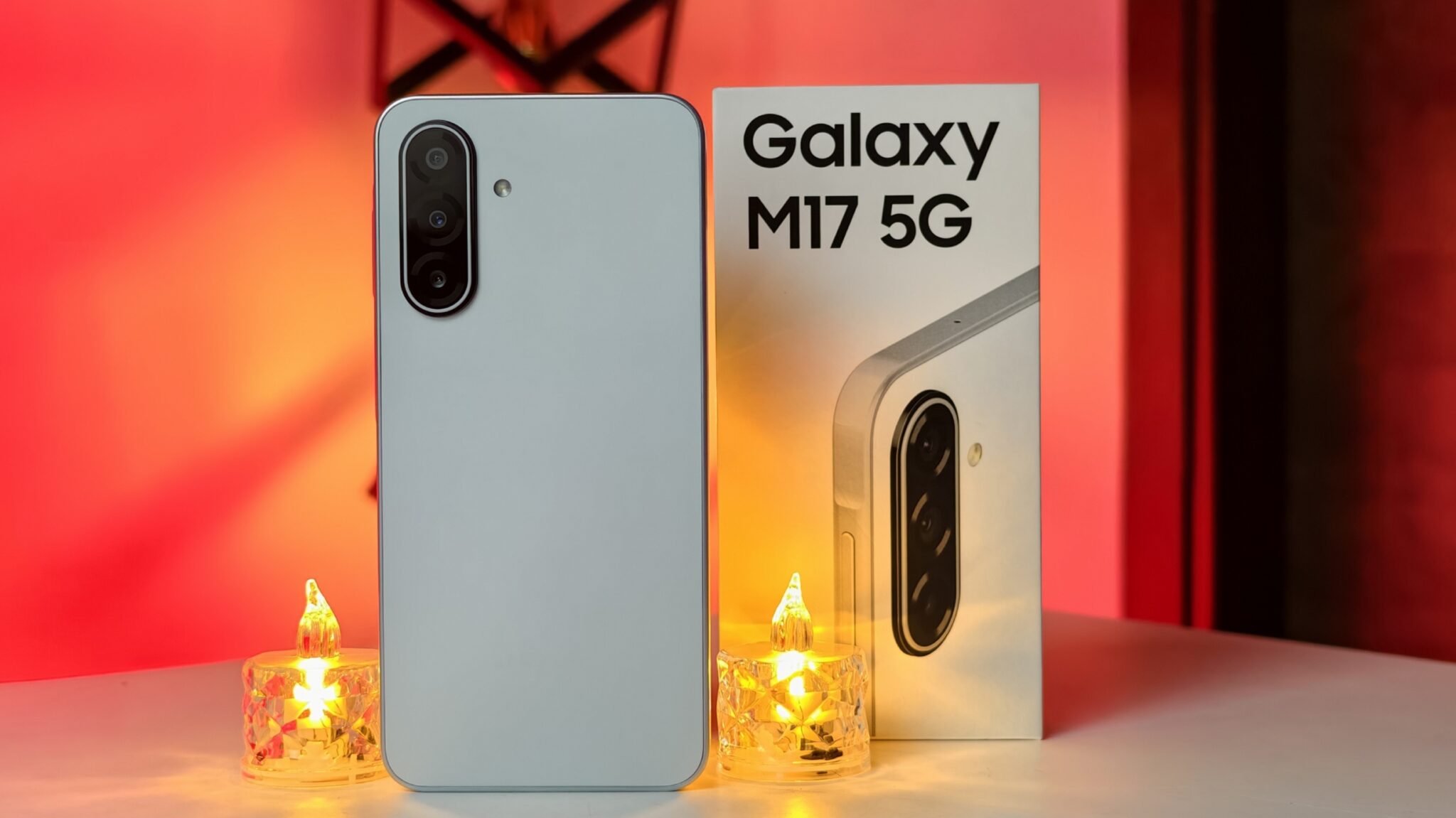Revenue Secretary Sanjay Malhotra has confirmed that the government has no plans to levy any charges on transactions made through the Unified Payments Interface (UPI). The popular digital payment system will continue to be a free service for the public. This statement puts an end to ongoing speculation about the possibility of fees being introduced for UPI payments, providing relief to millions of users and merchants across India.
Key Takeaways
- No Charge on UPI: Users will not have to pay any fee for making payments through UPI.
- Government’s Stand: The government views UPI as a digital public good and is not considering any framework for charging for its use.
- Ecosystem Support: The government will continue to find other ways to support the digital payments ecosystem and cover the costs incurred by service providers.
- Previous Speculation: The clarification follows a discussion paper released by the Reserve Bank of India (RBI) in 2022 that had explored the idea of imposing charges on UPI transactions.
The government has once again cleared the air regarding the cost of using the Unified Payments Interface (UPI), a system that has become central to India’s digital economy. Revenue Secretary Sanjay Malhotra’s reassurance reinforces the government’s position that UPI is a public utility that should be accessible to everyone without a fee. The government believes that imposing charges would discourage its use, especially for small-value transactions, and hinder the progress of digital adoption in the country.
This issue first gained public attention in August 2022 when the RBI, India’s central bank, published a discussion paper titled “Charges in Payment Systems.” The paper sought public feedback on the possibility of introducing a tiered charge on UPI payments to help banks and payment service providers recover their operational costs. This led to widespread concern among users who have grown accustomed to the convenience of free, instant payments. However, the Finance Ministry was quick to dismiss the idea at the time, and the recent statement by the Revenue Secretary solidifies that stance.
UPI is an instant real-time payment system developed by the National Payments Corporation of India (NPCI). Launched in 2016, its growth has been phenomenal. The system allows users to transfer money between bank accounts instantly using a smartphone. Its simplicity and security have made it the preferred payment method for everything from buying groceries to paying bills. As of 2024, UPI regularly processes over 14 billion transactions every month, highlighting its deep integration into the daily lives of Indians.
To ensure the financial health of the digital payments ecosystem without burdening consumers, the government has been providing financial support. For the fiscal year 2022-23, it allocated ₹2,600 crore as part of an incentive scheme to promote RuPay debit cards and low-value BHIM-UPI transactions. This financial aid helps service providers manage the costs associated with maintaining the UPI infrastructure, ensuring the service remains free for the end user.
Frequently Asked Questions (FAQs)
Q. Will I have to pay for using Google Pay, PhonePe, or Paytm?
A. No. Transactions you make as a user on apps like Google Pay, PhonePe, and Paytm will remain free. The government’s decision ensures that no charges are passed on to consumers for making UPI payments.
Q. Why was there a discussion about charging for UPI?
A. Banks and payment companies spend money to build and maintain the technology and infrastructure that runs UPI. The discussion about charges was to find a sustainable way for these companies to cover their costs. However, the government has decided to support them through other means instead of charging users.
Q. How does the government help UPI service providers?
A. The government provides financial incentives to banks and payment service providers to encourage the use of digital payments. This helps them cover their operational costs and keeps the service free for the public.
Q. What does ‘digital public good’ mean?
A. A digital public good is a digital service or platform that is available to everyone and is considered essential for the public, much like roads or parks. The government treats UPI as a digital public good that helps in financial inclusion and transparency.
Q. Who is Sanjay Malhotra?
A. Sanjay Malhotra is a senior IAS officer currently serving as the Revenue Secretary in the Ministry of Finance, Government of India.



















